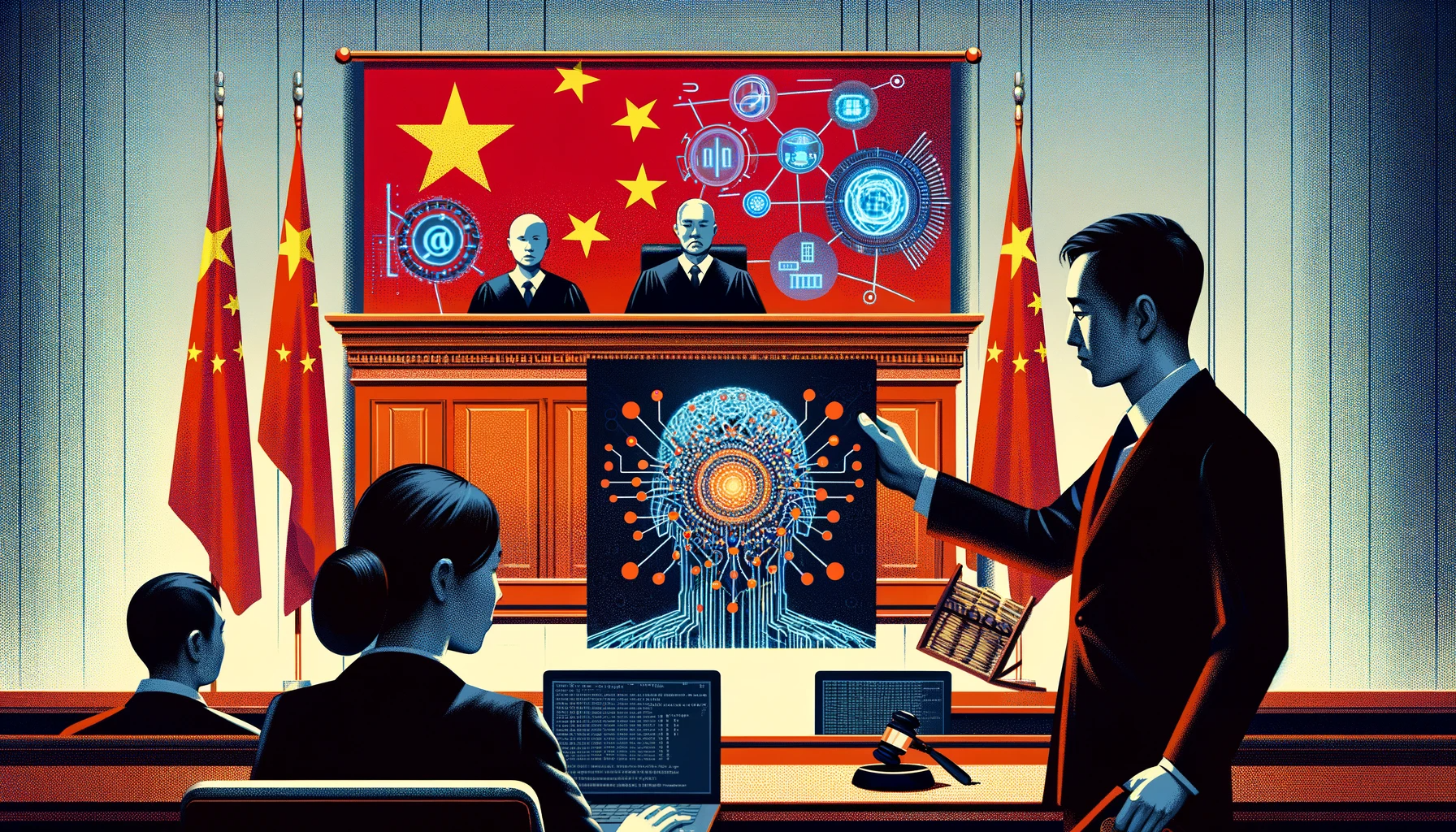China: AI and copyright protection update
Global attitudes towards AI and copyright protection: an update from China
While the US and the EU tend not to grant copyright to works created by artificial intelligence, China does in a recent ruling. This groundbreaking decision, that contrasts with the stance of the US and most of the EU, marks a significant shift in the global landscape of intellectual property rights and AI.
The case at the Beijing Internet Court
In November 2023, the Beijing Internet Court ('BIC') made a ruling in a copyright case that involved a man (the plaintiff) creating an image using the AI tool Stable Diffusion. Subsequently, a woman (the defendant) used this image on her website without the plaintiff's permission. In a decision that diverges from the Western trend of not granting copyright protection to AI-generated images, the BIC ruled that the AI-created image is copyrighted.
The BIC's reasoning
The court's decision was influenced by several factors:
- The plaintiff, as the creator, played an active role in the creation of the image, making specific choices during the process; and
- The court acknowledged the plaintiff's argument that creating an AI image can require more effort and creativity than taking a standard photograph nowadays. While a camera might only need a button press to capture an image, the plaintiff used various descriptions and parameters to guide the AI in generating the artwork.
Global perspective and implications
This ruling stands in contrast to the US and EU positions, where AI-generated works are typically not protected by copyright. It highlights a split in how different legal systems view the role of AI in creative processes. This decision could have far-reaching implications for the creative industries, particularly in areas like graphic design and literature, where AI tools are increasingly used.
Technological considerations
The BIC's ruling underscores the significance of human input in AI-generated works. Unlike simple photography, creating images with AI tools like Stable Diffusion involves substantial human involvement in setting parameters and guiding the output. This aspect of human creativity played a crucial role in the court's decision.
Legal and ethical debates
The ruling opens up new legal and ethical debates about the nature of creativity and authorship in the age of AI. It challenges traditional notions and poses questions about what can be qualified as original when AI is involved in the creative process.
Future trends and predictions
While this ruling aligns with the Chinese government's promotion of AI in business, it is subject to appeal and does not automatically apply to all future AI-related lawsuits. Nonetheless, it represents an interesting new chapter in the ongoing global discussion about AI and copyright. The BIC's decision marks a significant moment in the evolving narrative of AI and copyright. As technology continues to advance, our legal frameworks and ethical considerations adapt accordingly. This case not only reflects China's progressive stance on AI but also underscores the need for a global dialogue to navigate these new challenges.
If you have any questions regarding the copyright protection of your own or someone else's work (generated with AI), feel free to contact us.
This article was co-authored by Yvonne Vetjens and previously published in an adapted Dutch version at BG.legal.

